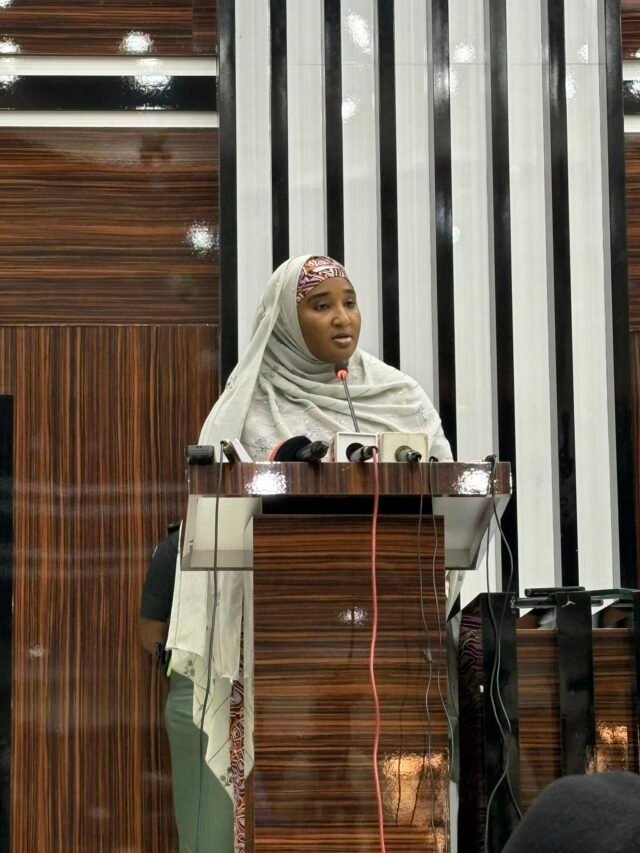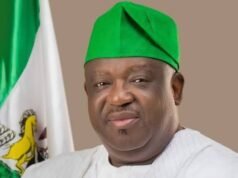The Federal Government of Nigeria has begun a national mapping exercise to identify millions of Nigerians who are out-of-school or non-literate. The move, announced by the Minister of State for Education, Prof Suwaiba Ahmad, marks a renewed push to tackle the country’s literacy crisis under the Renewed Hope Agenda.
Prof Ahmad, who spoke in Abuja during the commemoration of the 58th International Literacy Day, themed “Promoting Literacy in a Digital Era”, said the initiative will provide government with reliable data to drive new literacy programmes and re-enrol out-of-school children.
“Literacy opens the door to opportunity,” she said. “If we want to transform Nigeria, then we must start by ensuring every child, youth and adult can read and write.”
Table of Contents
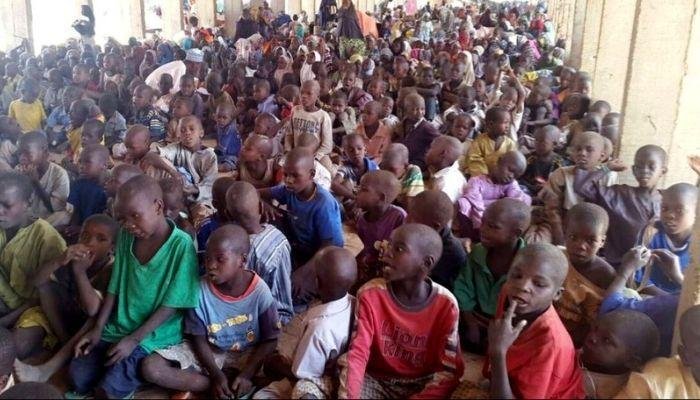
Mapping for Inclusion and National Growth
The mapping exercise is being conducted through the National Commission for Mass Literacy, Adult and Non-Formal Education (NMEC) in collaboration with the National Commission for Almajiri and Out-of-School Children (NCAOOSC). It will cover all states and the Federal Capital Territory.
Prof Ahmad explained that the data generated will help government design programmes that match the needs of different groups—whether children excluded from formal schooling, teenagers forced into street hawking, or adults who never had the chance to acquire literacy skills.
She noted that the plan is tied to Sustainable Development Goal 4.6, which commits nations to ensuring that all youth and most adults achieve literacy and numeracy by 2030. “This is not just a global commitment,” she stressed, “it is a Nigerian commitment, and it is at the centre of our ministerial strategic plan.”
Education experts say Nigeria cannot afford to ignore this step. According to UNESCO, the country has the highest number of out-of-school children in the world, with estimates ranging from 10 to 20 million. Beyond children, millions of adults remain functionally illiterate, a reality that limits their ability to participate in the modern economy.
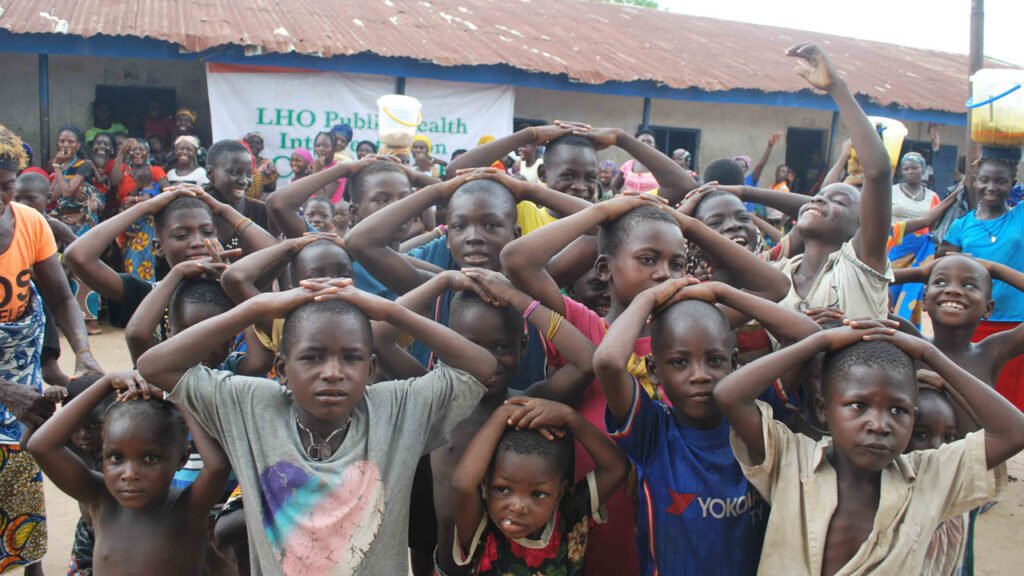
Literacy in the Digital Age
This year’s literacy theme shows how digital tools are reshaping learning. Prof Ahmad said Nigeria’s strategy recognises the importance of technology and non-traditional methods in reaching learners wherever they are.
“Today, literacy cannot be confined to the four walls of a classroom,” she explained. “We are using mobile learning platforms, radio, television and adapted international frameworks like Cuba’s ‘Yes, I Can’ model to reach people in their homes, markets and workplaces.”
The Minister highlighted recent achievements under NMEC’s Mass Literacy Project, which has enrolled 27,000 learners in the Abuja Municipal Area Council (AMAC). Beneficiaries came from communities such as Apo Mechanic Village, Lugbe, Dogongada, Mararaba, Kurudu, and Gwagwalada. The scheme, initially targeted at a smaller group, grew after overwhelming community demand.
Encouraged by this success, the government is scaling the project to 377 local government areas across the federation. “Our ambition is not small,” Prof Ahmad said. “We are building a literate society that can thrive in a digital world.”
Education advocates agree that integrating technology is key. Dr Hauwa Musa, an Abuja-based education consultant, noted that literacy today means more than the ability to read and write. “If we are preparing citizens for the future, then digital literacy—basic computer skills, use of smartphones, access to online resources—must go hand in hand with traditional reading and writing,” she said.
Shared Responsibility for a Literate Nigeria
While the mapping project is government-led, Prof Ahmad stressed that it cannot succeed without collective effort. She called on development partners, civil society, religious leaders and the private sector to support literacy drives.
“Education is not government’s job alone. Every stakeholder—whether a community leader, NGO or business owner—must see themselves as part of this mission,” she said.
Her call reflects a broader consensus: that tackling Nigeria’s education crisis requires community-driven solutions. Experts argue that local leaders can help mobilise households, reduce cultural resistance to schooling, and create safe spaces for girls and vulnerable children.
Private companies are also being urged to contribute by funding literacy centres, donating digital devices, or supporting workplace learning schemes. As Prof Ahmad put it, “A literate workforce is in everyone’s interest.”
For many Nigerians, this announcement rekindles hope. Chinedu Okeke, a 42-year-old mechanic in Lugbe who enrolled in NMEC’s programme last year, described literacy as life-changing. “Before, I could not read a text message or fill a bank form by myself,” he said. “Now, I can read simple English, and I even help my children with their homework.”
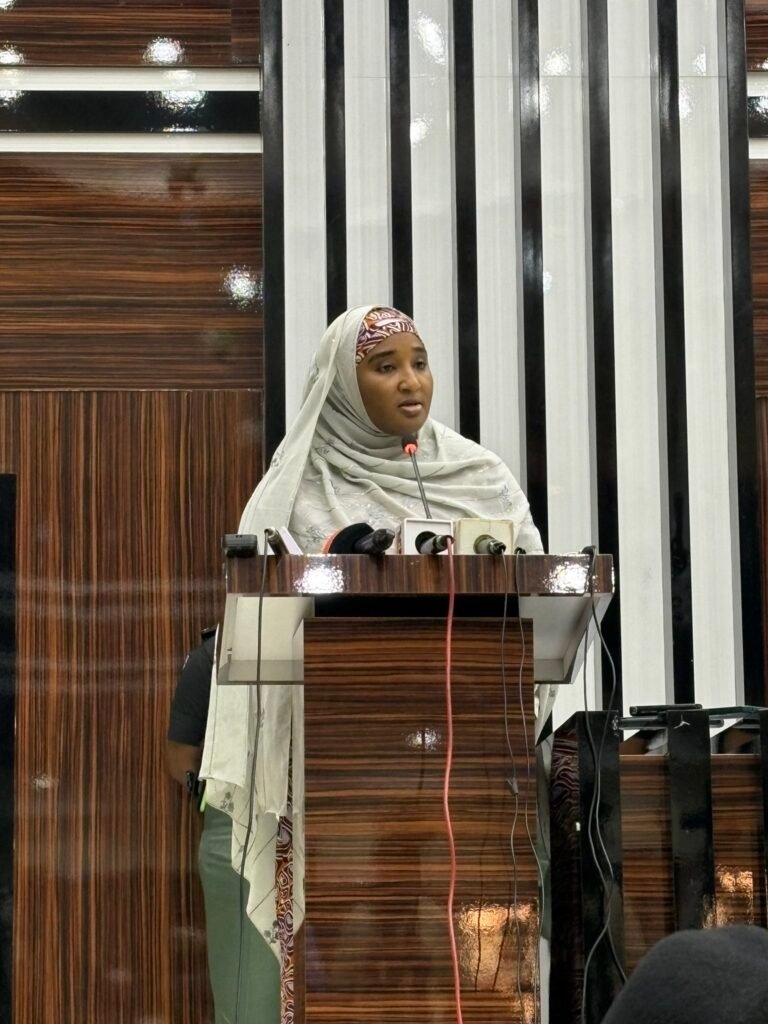
A Mapping Exercise Towards a Renewed Hope in Education
Nigeria’s mapping exercise is more than a bureaucratic project—it is a statement of intent. By first identifying where the gaps are, the Federal Government hopes to design policies rooted in evidence, not assumptions.
The scale of the challenge is undeniable: millions of children still roam the streets during school hours, while adults in rural areas often struggle with basic literacy. Yet, with targeted interventions, the government believes literacy rates can improve significantly over the next five years.
Prof Ahmad captured this optimism when she said: “Our goal is not just to count, but to act. Every Nigerian we identify is a potential success story waiting to happen.”
The task ahead is massive, but so is the potential reward. A literate population means a stronger economy, more informed citizens, and a society better prepared for democratic participation. With Nigeria set to become the world’s third most populous country by 2050, the urgency could not be greater.
Join Our Social Media Channels:
WhatsApp: NaijaEyes
Facebook: NaijaEyes
Twitter: NaijaEyes
Instagram: NaijaEyes
TikTok: NaijaEyes
READ THE LATEST EDUCATION NEWS


